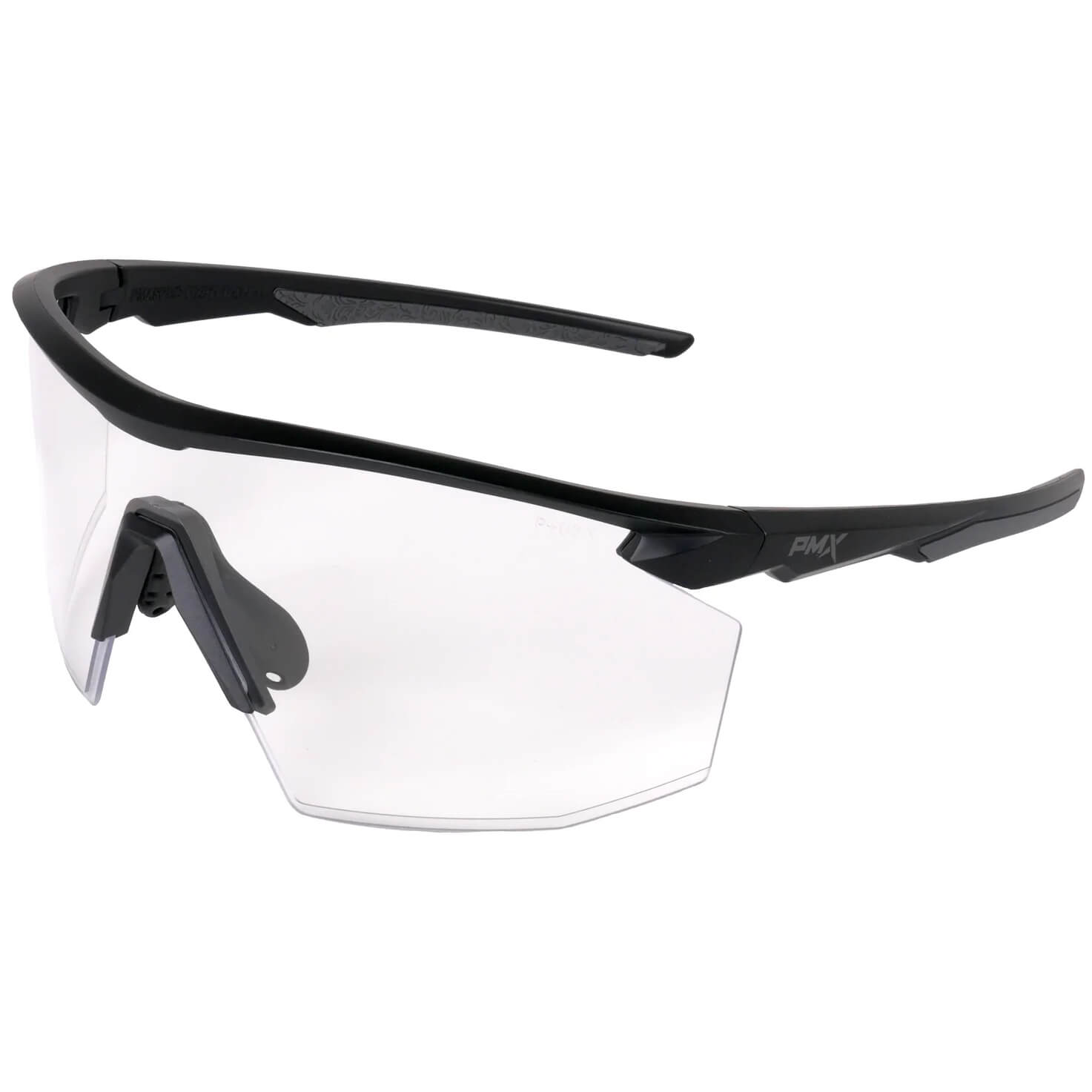Construction Sites are Dangerous
The Bureau of Labor Statistics reports the following regarding construction sites in 2013:
- Out of 4,101 worker fatalities in the private industry, about 20% (828) were in construction.
- The "Fatal Four" causes of construction deaths were falls (36.5%), being struck by an object (10%), electrocution (8.6%), and being caught in or between equipment (2.5%).
- Eliminating the "Fatal Four" would save 478 workers' lives yearly.
Without question, construction work is some of the most dangerous types of work out there. In addition to these fatalities, construction work regularly sees many worker injuries. Job site injuries most commonly involve:
- Cuts and lacerations to the hands and arms
- Strains and sprains to the back and shoulders
- Injuries to the head and face
- Crush, pinch, and caught-in-between injuries
- Eye injuries
On the construction site, employers are responsible for providing the required personal protective equipment (PPE) and determining the best PPE for the job. However, employees must stay aware of work site situations as well as wear provided PPE. Fulfilling these two responsibilities means reducing the number of construction site injuries.
Most workers know wearing PPE is essential for worksite safety. Unfortunately, most injuries on construction sites result from employees not wearing PPE because of discomfort, distress, or simply not wanting to take the time. Fashion sometimes comes into play as well. Fortunately, most PPE providers now have PPE that is not only at or above safety standards but is also comfortable and fashionable.
With comfortable and fashionable PPE readily available, reducing construction site injuries involves following the basics of worksite safety.
Basic Construction Site Safety
1. Establish Protection Policies: Employers need a written policy stating the safety procedures and equipment required for every job on a particular worksite.
2. Provide Adequate Training: Written policies mean nothing if workers aren't aware of them. Therefore, all workers must receive training on the policies that should be reviewed regularly.
3. Enforce PPE Compliance: Zero tolerance for non-compliance is the best first-line approach for reducing injuries and death on the construction site.
4. Understand that Different Jobs Often Require Different PPE: When an injury happens, even when a worker is wearing PPE, it's often because the PPE worn was not the most appropriate. Examples include needing different gloves, wearing proper gear for electrical work, switching out lenses, or changing the type of eye protection worn.
5. Encourage Warm-Up and Stretching Programs: Workers who do simple stretches and warm-up routines before starting work at the beginning of a shift or after a break are less likely to strain their backs and shoulders.
6. Promote Healthy Living: Healthy employees are safer employees. Employers can promote healthy living in various ways. Still, the responsibility lies mainly with the individual to choose a healthier lifestyle to be more productive.
7. Establish Awareness of Trade-Stacking: Worksites frequently have multiple workers performing tasks adjacent to others. Therefore, ensure all workers understand where other works may be located often.
8. Communicate: Employees are often the best source for creating adequate safety processes and understanding the best PPE options for specific tasks. Therefore, communication among employees and employers can increase the use of PPE and adherence to safety procedures.
9. Hold Appropriate and Regular Training: In addition to daily and weekly awareness meetings, employers should regularly train and retrain employees on all safety issues, from the most common to the ones that vary with tasks being performed. A well-trained employee is a safer employee.
10. Take Responsibility: The onus for providing the appropriate PPE and adequate safety training falls to the employer. However, workers should take ownership of their safety and purpose to know the correct safety procedures to prevent injury. This means knowing the proper PPE, correctly dressed for work, and staying focused. It also means knowing when a lack of confidence makes it unsafe.
With employers and employees playing an active role in construction site safety, the number of injuries on work sites can be significantly reduced.







